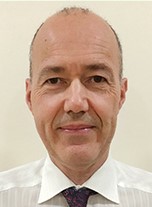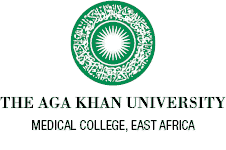 Our mission as a department is to provide education and training to postgraduate students in Anaesthesia. Until recently, Anaesthesia was not considered an important specialty both in the developed and developing world. It was assumed that almost anyone can administer anaesthesia and that it requires no specific education.
Our mission as a department is to provide education and training to postgraduate students in Anaesthesia. Until recently, Anaesthesia was not considered an important specialty both in the developed and developing world. It was assumed that almost anyone can administer anaesthesia and that it requires no specific education.
In the 19th and the early 20th century, the standard method of training anaesthesiologists was making them work under supervision of someone with the assumption that the repetition of procedural activities would provide the basis for education. In 1956, Betcher 1 introduced the concept that structured higher education in Anaesthesia is necessary for the care of the sick.
Our objective is to produce qualified and trained academic anaesthesiologists who would maintain the highest standards of practice of anaesthesia, act as role models and future leaders in their field, have an interest in the conduct of research both at clinical and basic science levels and who would serve and fulfill the needs of the people of Kenya and greater East Africa.
The programme is a four‐year structured training programme. During the first year of training, the emphasis will be on acquiring and mastering the basic and fundamental aspects of safe and effective anaesthesia care. The program will begin with intensive two month introductory lecture series and new trainees shall be continuously and closely supervised and instructed in clinical care by faculty and consultants during this time.
By the second year, residents shall be exposed to sub‐specialties in anaesthesia and shall continue to improve their technical skills, clinical judgment, decision‐making abilities, and confidence. At the end of the second year period, residents shall be eligible to sit the Part I MMed examinations which mainly assess knowledge of the basic sciences relevant to anaesthesia. The goal of the junior residency therefore is to obtain the training necessary to be successful in the Part I examination and to acquire a broad clinical base or foundation from which to enter the senior residency period.
The senior residency (Part II) shall be spent acquiring further knowledge in the sub specialties of anaesthesia and in more complex general surgical cases and critically ill patients. During this phase, residents are expected to perform at a higher proficiency level than they did in their junior residency, to assume responsibility at a greater degree for a much wider scope of anaesthesia practice and procedures.
The resident is also introduced to principles of resource management and problem-solving skills as applied to research and administration. By the end of the senior residency, each resident is expected to be able to perform effectively as a competent specialist anaesthesiologist.
Prof Marcus Lancé
Chair, Department of Anaesthesia
Aga Khan University Medical College, East Africa


